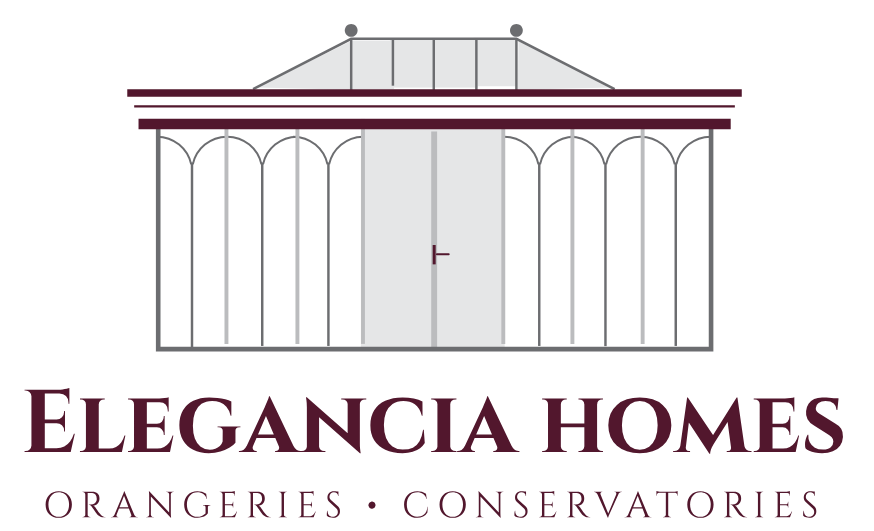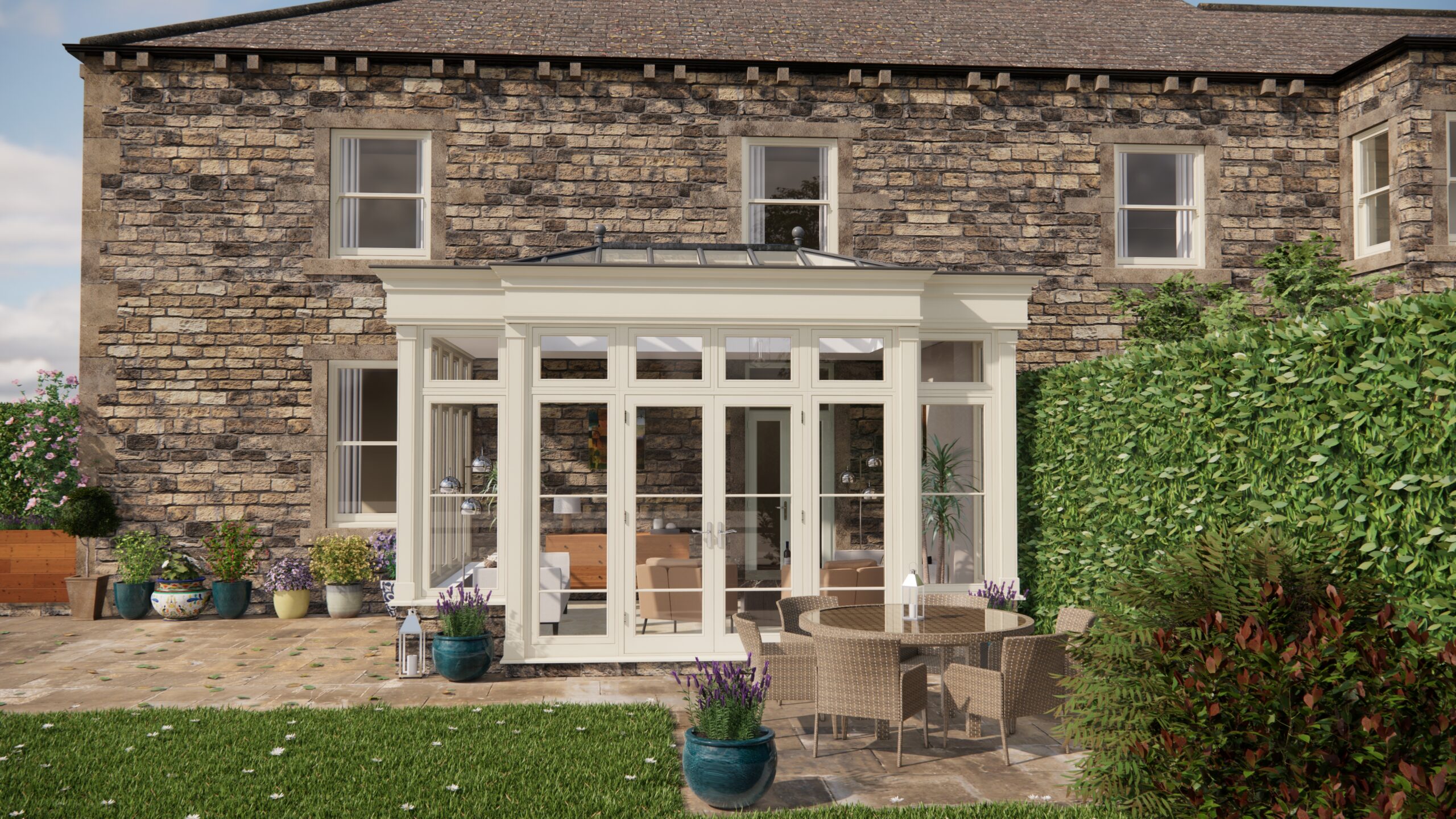Right, let’s talk about something that might not be the prettiest aspect of orangerie construction, but it’s arguably one of the most crucial: ground conditions and drainage. When I embarked on my own orangerie project, I quickly realised that ignoring what’s going on underneath your feet is a recipe for disaster. I’m not talking about a slight damp patch; I’m talking about structural issues, potential flooding, and a whole heap of unnecessary costs down the line. Believe me, I learned this firsthand.
Understanding Your Site’s Soul (Soil, that is)
The first step, and I cannot stress this enough, is understanding the specific ground conditions of your site. This isn’t just a quick glance at the surface; it’s about getting professional insight. I opted for a full geotechnical survey. Yes, it’s an upfront cost, but it’s an investment that pays dividends. This survey involved soil testing at various depths, which revealed the composition of the soil – clay, sand, gravel, or a lovely mix of everything. This information is vital because different soil types behave differently, especially when wet. Clay, for example, expands when it gets wet and contracts when it dries, putting immense pressure on foundations. Sand, on the other hand, drains well but might not provide the most stable base.
Replicating the Process: To replicate this, find a reputable geotechnical engineer or surveyor in your area. They’ll conduct the necessary soil tests and provide a detailed report outlining the soil composition, bearing capacity, and any potential issues like contaminated land (another joy!).
Drainage: The Unsung Hero
Once you understand your soil, you need to think about drainage. Standing water is the enemy of any structure, but especially an orangerie, which is often designed to be light and airy. Poor drainage can lead to damp, mould, and structural damage. My surveyor identified that a high water table was a concern on my site, so we had to design a comprehensive drainage system.
This involved installing French drains around the perimeter of the orangerie foundations. French drains are essentially trenches filled with gravel and a perforated pipe that allows water to flow away from the building. The water then drains into a soakaway, a large pit filled with rubble that allows the water to slowly percolate back into the ground. We also incorporated a surface water drainage system to manage rainwater runoff from the roof. This involved installing gutters and downpipes that direct the water into drainage channels, again leading to the soakaway.
Replicating the Process: Consult with a drainage specialist to design a system tailored to your site’s specific needs. Consider factors like rainfall patterns, soil permeability, and the proximity of existing drainage systems. French drains are a common solution, but other options might be more suitable depending on your circumstances. Remember to comply with building regulations regarding drainage disposal; you may need planning permission for large soakaways.
Mitigating Risks: Soil Stability and Water Management
Beyond drainage, we also addressed soil stability. The geotechnical report revealed that a section of the garden had previously been backfilled. This meant that the soil was less compact and more prone to settling, which could lead to subsidence. To mitigate this, we used a technique called ground improvement. This involved compacting the soil using heavy machinery to increase its density and stability. In some cases, other methods like piling might be necessary, but compaction was sufficient for my site.
Water management is also critical. I made sure that the landscaping around the orangerie sloped away from the building to prevent water from pooling against the foundations. We also chose permeable paving materials for the patio area to allow rainwater to drain directly into the ground.
Replicating the Process: Your geotechnical report will highlight any potential soil stability issues. Consult with a structural engineer to determine the appropriate ground improvement techniques. Always ensure that the landscaping and paving around your orangerie promote effective water runoff.
Why it Matters
Ground conditions and drainage are fundamental considerations when building an orangerie. By investing in a thorough site investigation, implementing appropriate drainage solutions, and addressing soil stability issues, you can ensure that your orangerie is built on a solid foundation (literally!). This means avoiding costly repairs, maintaining the structural integrity of your building, and enjoying your beautiful orangerie for years to come. Don’t underestimate the importance of what’s beneath the surface – it’s the key to a successful and long-lasting project.


